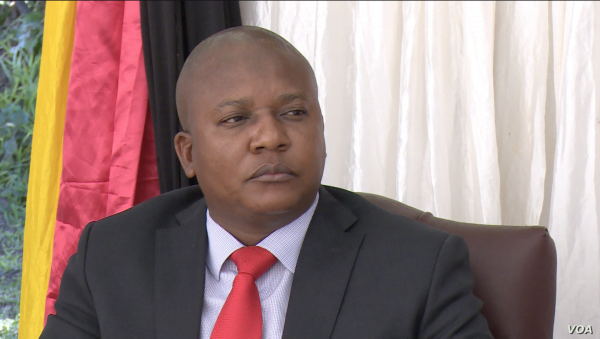The government, through the Ministry of Mines and Mining Development, has urged miners to invest in the rehabilitation of mined areas and encouraged those who have yet to embrace Environmental, Social, and Governance (ESG) practices to do so.
By Ryan Chigoche
This call was made by Deputy Minister of Mines and Mining Development, Polite Kambamura, at a recent Environmental, Social, and Governance (ESG) breakfast meeting held in the capital.
One of the key aspects of ESG is reducing the environmental footprint of mining operations. This includes adopting technologies and methods that minimize waste production, lower energy consumption, and reduce greenhouse gas emissions. This call comes as mining leaders are being urged to lead in environmental stewardship, alongside their role in driving innovation and technological advancements.
Climate change, water scarcity, and biodiversity loss are pressing concerns. By adopting ESG practices, it is believed Zimbabwe can reduce its carbon footprint, implement renewable energy solutions, and preserve ecosystems.
Addressing delegates at the meeting, Kambamura urged mining companies to inject capital specifically for rehabilitation purposes and called on all mining companies to adopt ESG practices.
“Another crucial area is the restoration and reclamation of mining sites. ESG-focused mining companies should now invest in the rehabilitation of mined areas, aiming to restore ecosystems and mitigate the long-term impacts of mining activities,” said Kambamura.
“Traditional mining practices have often led to deforestation, habitat destruction, water pollution, and soil degradation. By embracing ESG principles, we can mitigate risks, capitalize on opportunities, and contribute to a more sustainable future. ESG considerations help us manage our environmental footprint, respect human rights, and engage with local communities.”
“I, therefore, urge mining companies that are yet to adopt ESG practices to do so as we work to promote the sustainability of our mining operations,” Kambamura added.
Currently, the system for financing mine rehabilitation is limited. The Environmental Management Agency (EMA) does not collect resources from mining companies specifically for environmental rehabilitation.
Recently, EMA revealed that the mining sector rehabilitated 464 hectares of land in the second quarter of this year.
For years, the mining industry has faced severe criticism for its environmental and social record, with many mines leaving behind a trail of pollution and destruction when they close operations. Zimbabwe is currently experiencing a mining boom, with many new projects coming on stream.
In May this year, the Chamber of Mines Zimbabwe proposed the creation of a mine closure rehabilitation fund to ensure that mining companies take responsibility for rehabilitating their sites after closure. The move aims to mitigate the environmental and social impacts of mining on local communities.
According to the Chamber, the fund would require mining companies to contribute a portion of their operational costs to a pool used to restore and rehabilitate mined lands after closure. This would ensure that the environment is restored to its original state and that local communities are left with sustainable resources—a step in the right direction toward responsible mining practices.
.png)




